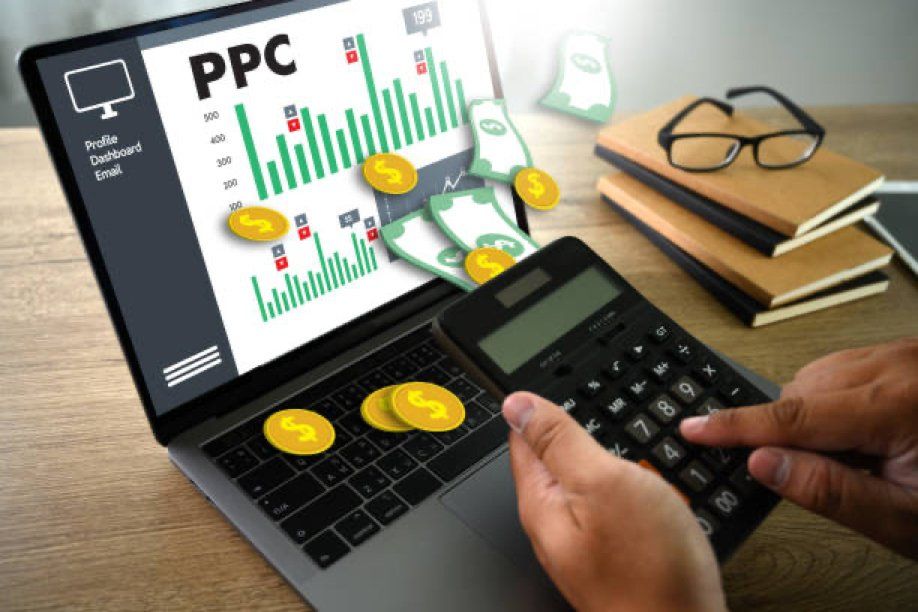SEM AND DISPLAY ADVERTISING
PPC stands for pay-per-click, a model of internet marketing in which advertisers pay a fee each time one of their ads is clicked. Essentially, it’s a way of buying visits to your site, rather than attempting to “earn” those visits organically.
Geofencing is a location-based service in which an app or other software uses GPS, RFID, Wi-Fi, or cellular data to trigger a pre-programmed action when a mobile device or RFID tag enters or exits a virtual boundary set up around a geographical location, known as a geofence.
SEM
Search engine advertising is one of the most popular forms of PPC. It allows advertisers to bid for ad placement in a search engine’s sponsored links when someone searches on a keyword that is related to their business offering. For example, if we bid on the keyword “PPC software,” our ad might show up in the very top spot on the Google results page.
Every time our ad is clicked, sending a visitor to our website, we must pay the search engine a small fee. When PPC is working correctly, the fee is trivial, because the visit is worth more than what you pay for it. In other words, if we pay $3 for a click, but the click results in a $300 sale, then we’ve made a hefty profit.
A lot goes into building a winning PPC campaign: from researching and selecting the right keywords, to organizing those keywords into well-organized campaigns and ad groups, to setting up PPC landing pages that are optimized for conversions. Search engines reward advertisers who can create relevant, intelligently targeted pay-per-click campaigns by charging them less for ad clicks. If your ads and landing pages are useful and satisfying to users, Google charges you less per click, leading to higher profits for your business. So, if you want to start using PPC, it’s important to learn how to do it right.
DISPLAY ADVERTISING
A simple example of geofencing is when a young woman walks near a Sephora retailer at the mall and receives an app notification that says: “Today only! Buy 1 lipstick, get 1 free!”
You can track a consumer’s location through GPS, Bluetooth, and beacons, and there are three ways to utilize this technology for targeting consumers: geotargeting, geofencing and beaconing.
Whereas geotargeting is focused on delivering targeted advertising to desktop users based on their location, and beaconing is focused on transmitting targeted messages and information to nearby mobile devices, geofencing is focused on the virtual perimeter you build around a specific geographic location to deliver targeted messaging.
There are many types of alerts you can send when a user enters a geofence. The more popular types include text messages, in-app notifications, and social media ads.
Geofences can be set up on mobile, tablet, and even desktop devices anywhere in the world. Geofencing can be configured to target a certain place (such as the mall mentioned above), a demographic market area, a business category (e.g., restaurants), a brand location (say, all the Sephora worldwide), a city, or a province.

